 An inviting yard provides a calm atmosphere, a tranquil retreat and a relaxing place to entertain.
An inviting yard provides a calm atmosphere, a tranquil retreat and a relaxing place to entertain.
With springtime in full bloom, it’s time to start creating a detailed game-plan for your spectacular garden oasis! Remember, with a little bit of work and planning now, you can create a garden sanctuary to enjoy all season long – and one that your neighbors will envy, too.
Here are 7 ideas for creating a garden oasis that you can use to escape, relax and even entertain:
1. Add a Bird Bath
Adding a bird bath will attract birds to your garden, which are not only fun to watch but will help control pests. Place the bird bath in a relatively open area in your yard, so that birds can scan for predators. To keep your bird bath in tip-top shape, clean it approximately twice a week.
You can also put out nectar to attract hummingbirds and other pollinators. Hummingbird feeders also need to be cleaned out regularly to ensure mold doesn’t build up, which can be harmful to the birds.
2. Create a Water Feature
There’s nothing more relaxing than the calming sound of a natural stream or waterfall in your garden. Turn a decorative pot into a waterfall feature, or create a built-in waterfall or stream element with large, stepped stones. A closed circuit of water can also act as circulation for a pond, serving dual purposes.
If you really want to go all-out, you can create a koi pond. While these are more costly to install and maintain, koi fish are mesmerizing to watch and they eat mosquito larvae.
Whatever you choose, a water feature is a dramatic touch that provides soft tranquility.
3. Hang Wind Chimes
Wind chimes are a quick and easy way to create a relaxing vibe in your garden. There are lots of designs and sounds to choose from, whether you prefer a softer, wooden sound, or something light and metallic.
4. Incorporate Natural Stone
Natural stone accents, like stepping stone paths, are great features to add to your garden oasis. Natural stone is an easy accent feature to incorporate into your backyard and can be inexpensive, depending on the stones you purchase.
5. Install Solar Lights
Solar lights increase the function and versatility of your garden. Add them along your stone path or hang them in your pergola to create a space you can keep using after dusk.
5. Add a Bench
Place a bench in view of your water feature or bird bath to create a tranquil spot where you can enjoy your oasis.
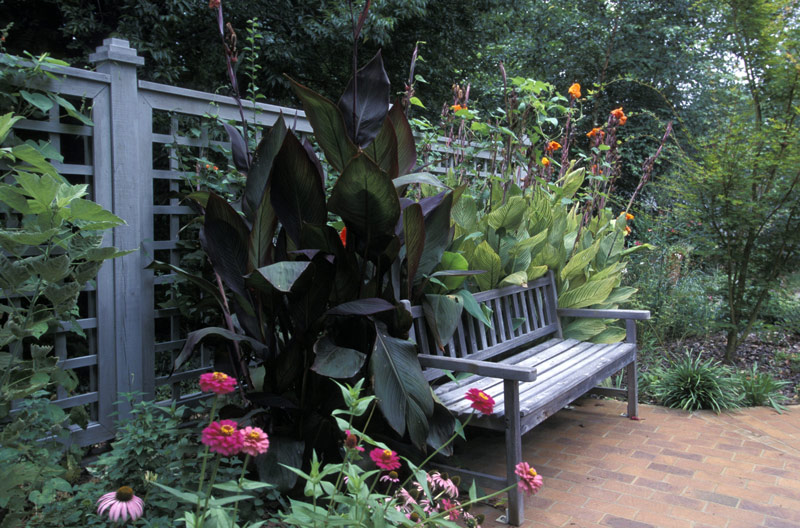
6. Get a Pergola
Pergolas are a great way to get more use out of your yard. Perfect for entertaining guests, you can set up patio furniture beneath them, plant vines that grow on them and hang solar lights to keep the party going after dark. During the day, they provide a nice shady place to keep cool and enjoy your garden.
7. Surround Yourself with Plants
Let plant life create the outdoor retreat of your dreams! By selecting tall, large-leafed plants, you can simulate a tropical rainforest experience.
Adding vines to fencing, trellises, benches and other structures in your yard will create a soothing retreat with added privacy. Creeping vines that flower such as clematis, honeysuckle, trumpet vine, and morning glories will provide a pop of color against all the green vegetation as a lush backdrop.
Adding a few of these simple features to your backyard will go a long way towards creating your tranquil retreat. A garden oasis is fun to create, and will provide a great place to decompress after a long day or even entertain your friends and family. Now get a head start on designing your garden oasis!


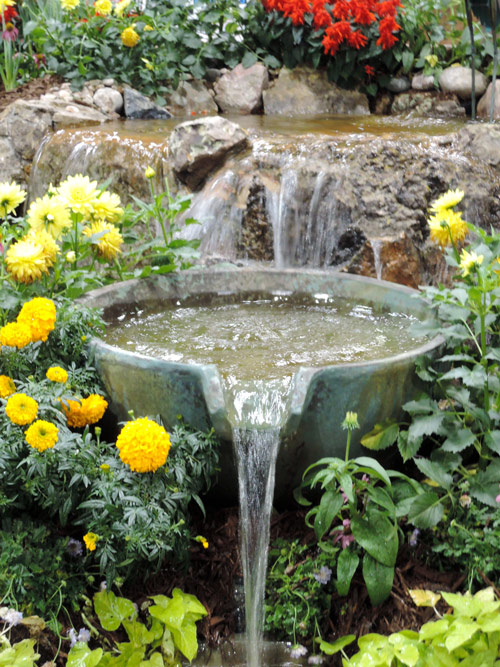
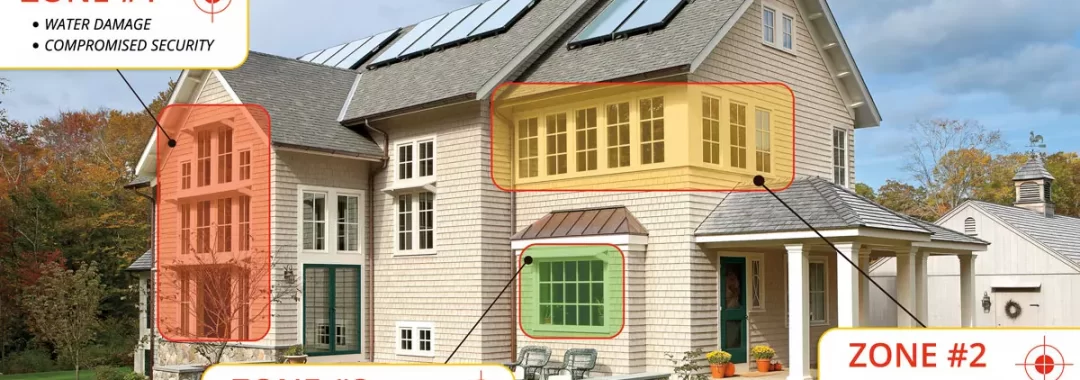
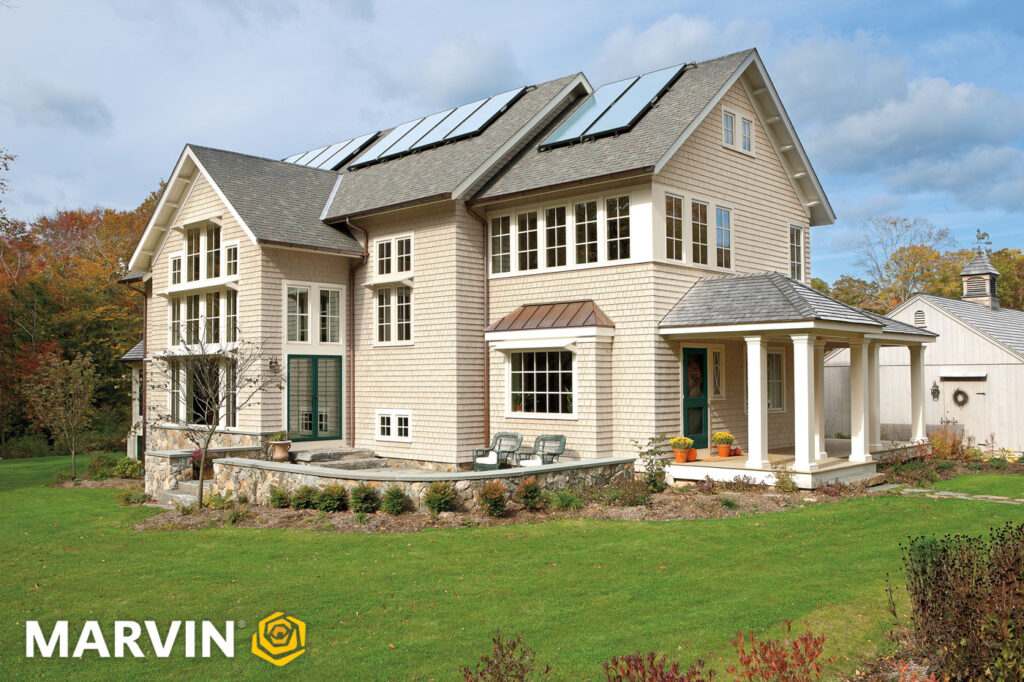
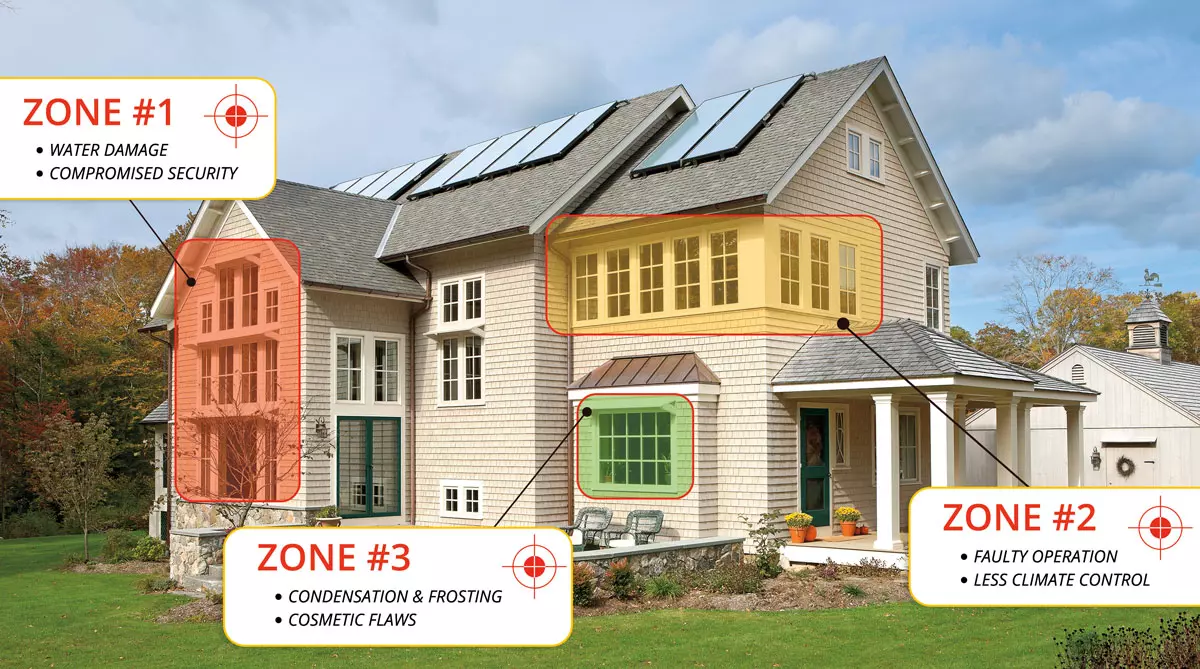
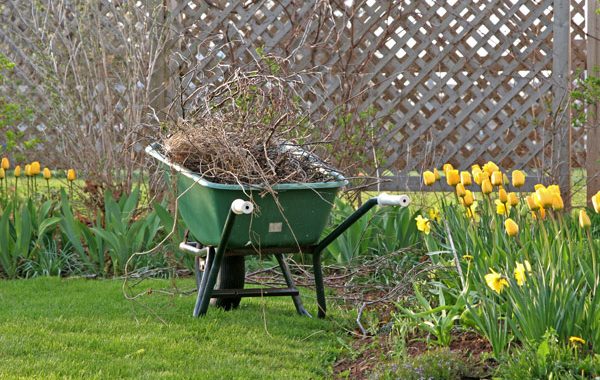
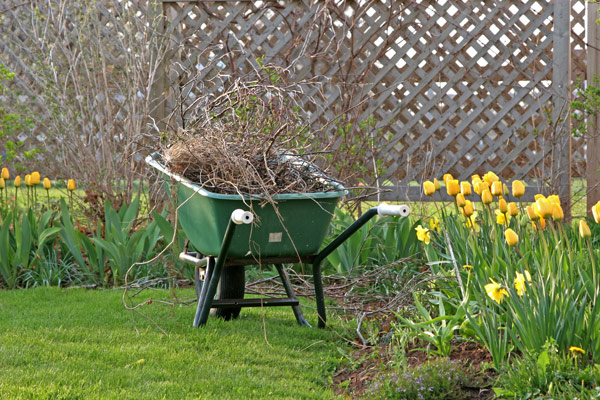 Can’t wait to get back out into the
Can’t wait to get back out into the  The first step to a gorgeous lawn all spring and summer long is a good feeding now. Fertilizing your lawn with Scotts STEP-1 Crabgrass Preventer Plus Lawn Food can improve a lawn’s ability to absorb water & nutrients. Apply to your lawn for a fast green-up after winter. It also controls crabgrass for up to 4 months!
The first step to a gorgeous lawn all spring and summer long is a good feeding now. Fertilizing your lawn with Scotts STEP-1 Crabgrass Preventer Plus Lawn Food can improve a lawn’s ability to absorb water & nutrients. Apply to your lawn for a fast green-up after winter. It also controls crabgrass for up to 4 months!

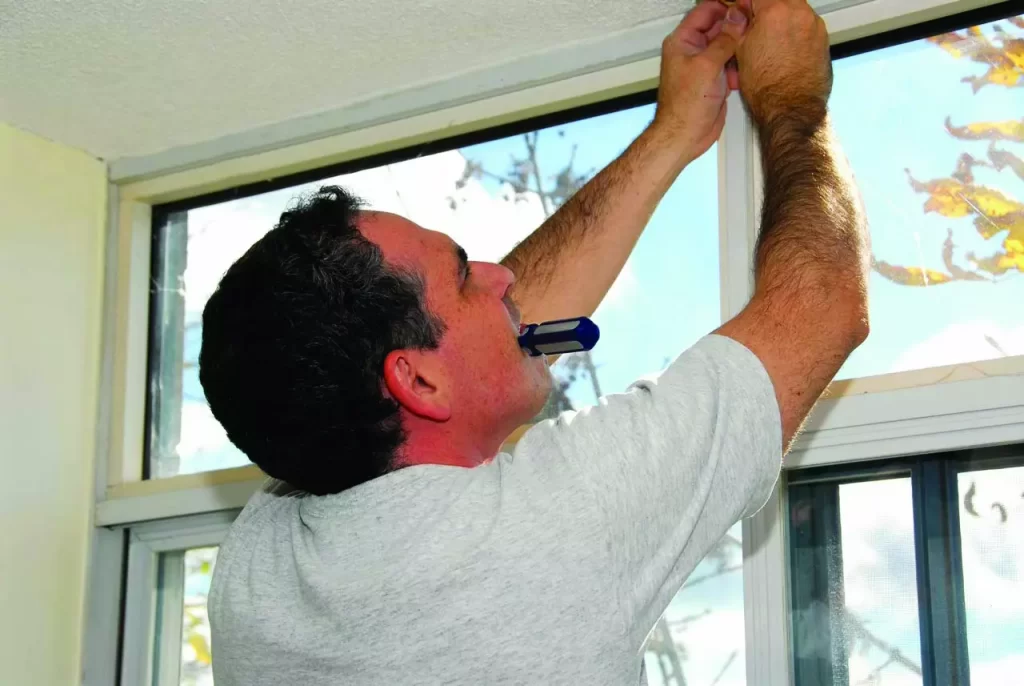
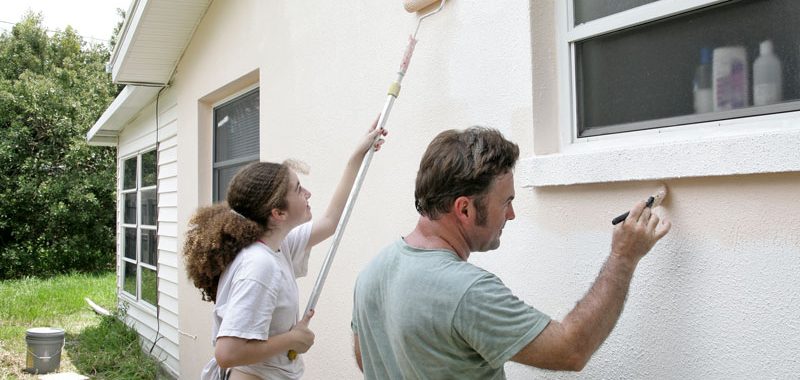
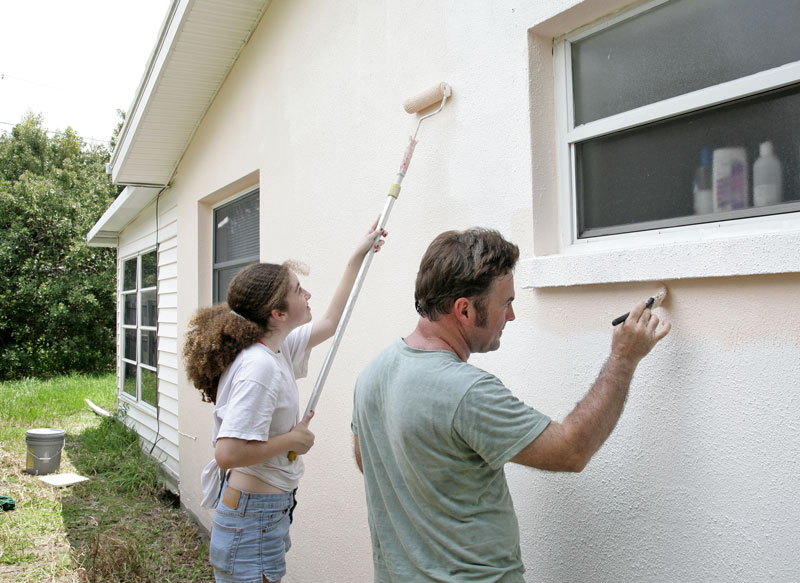
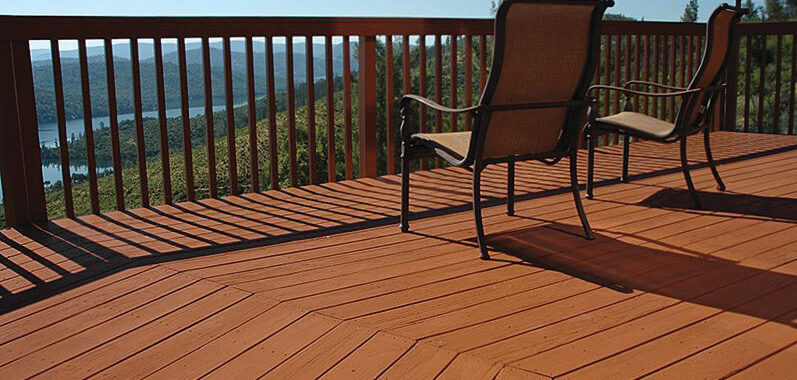
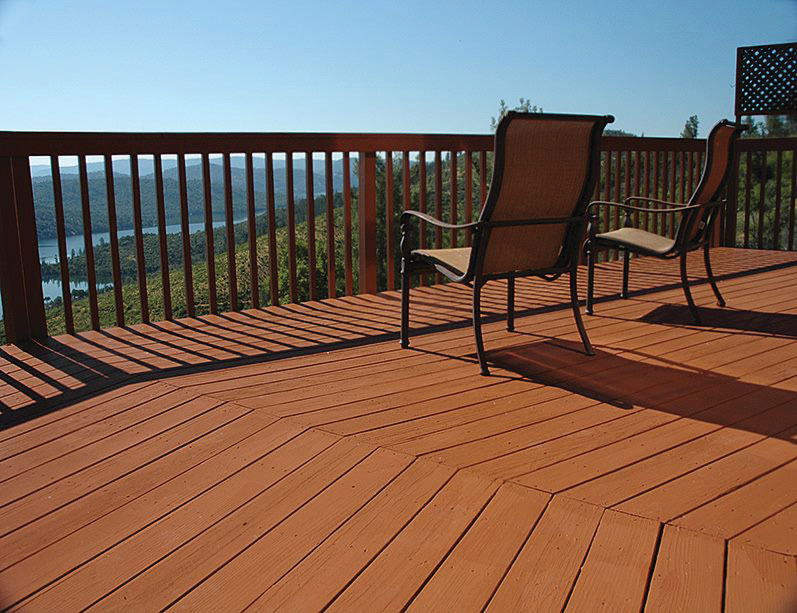
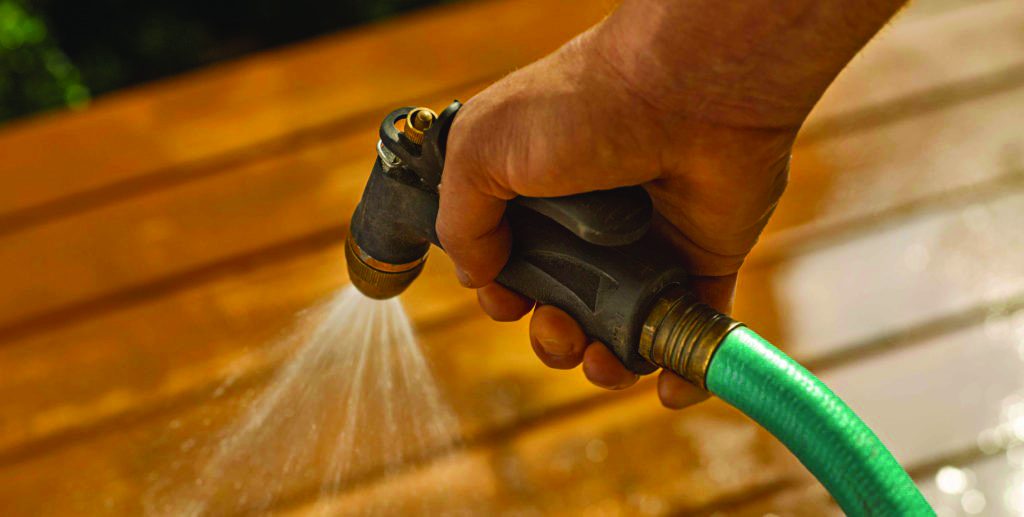
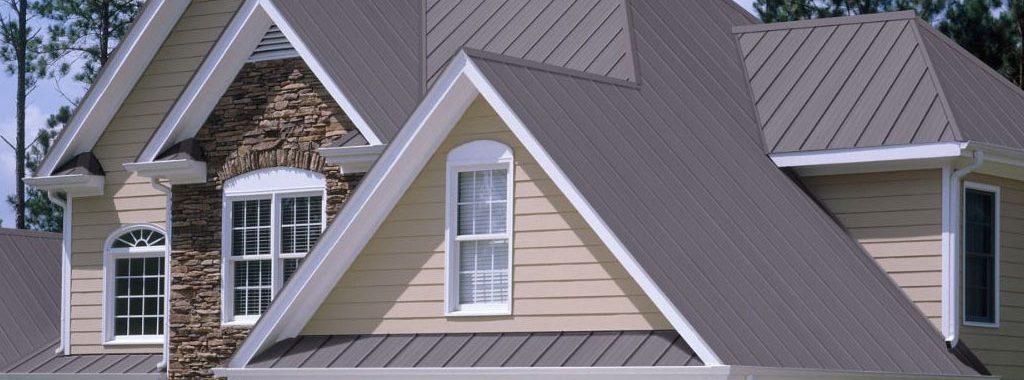
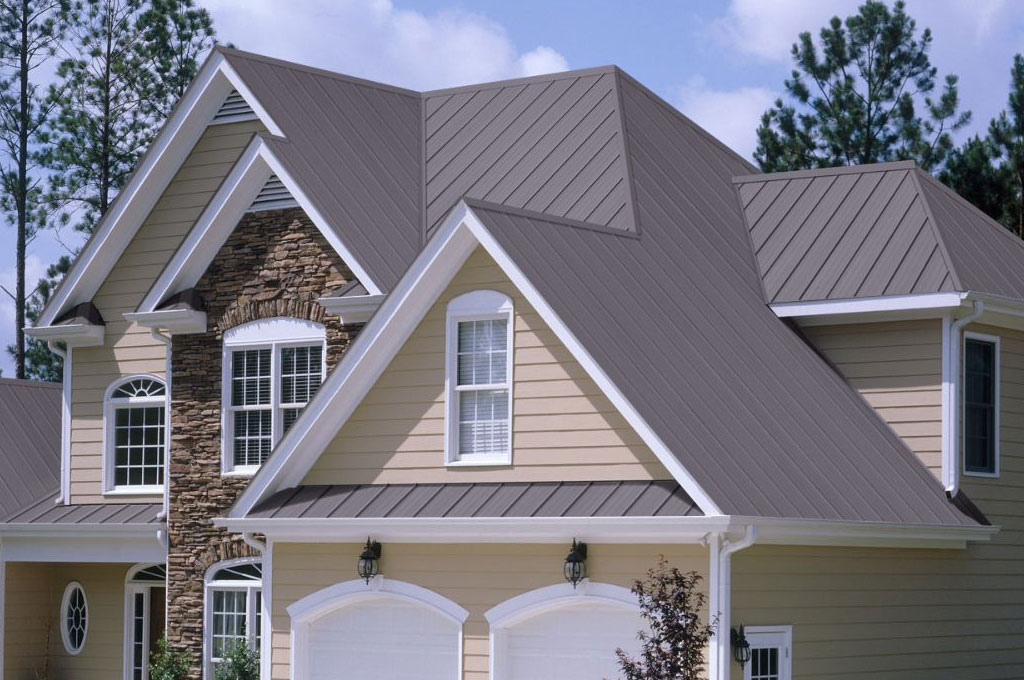

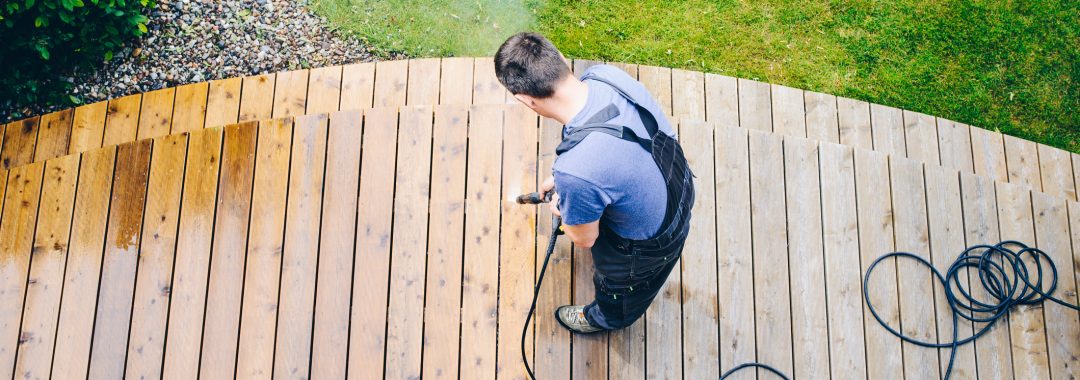
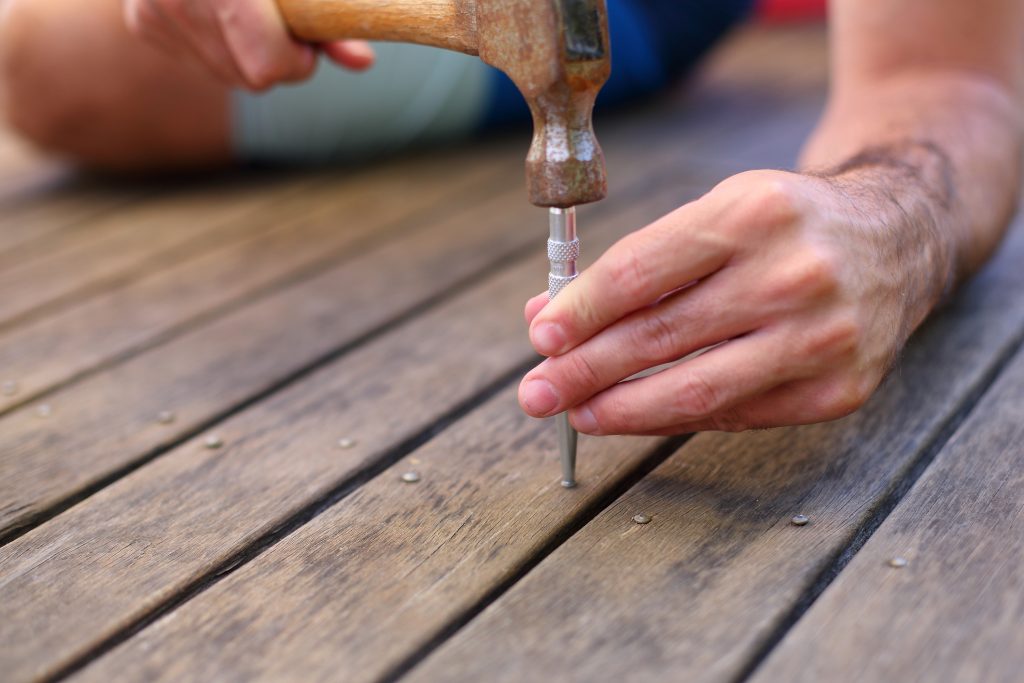
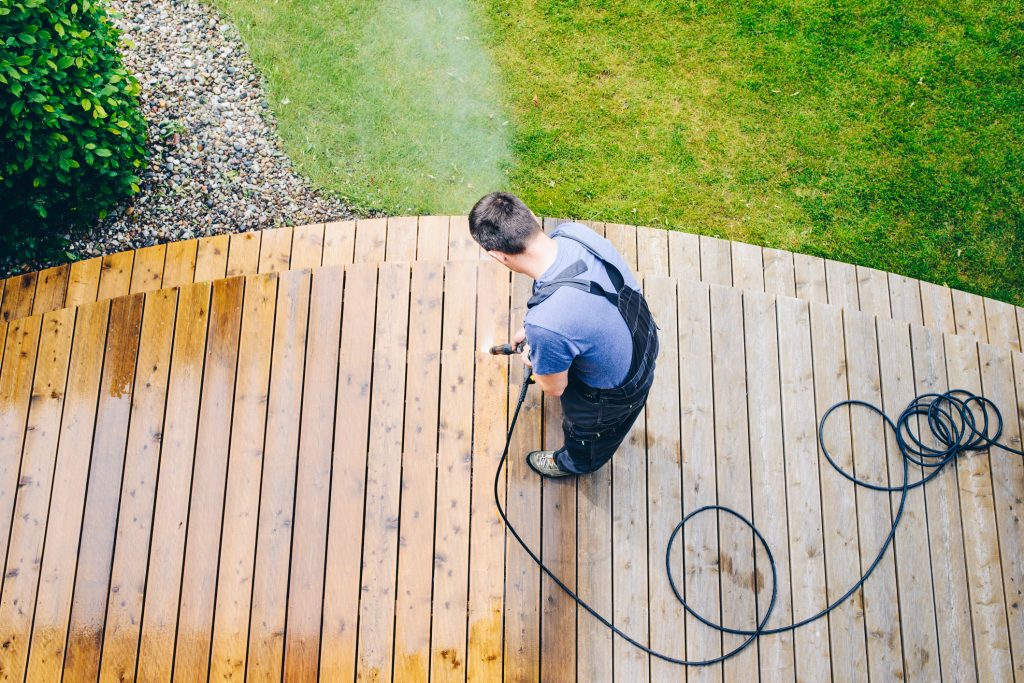
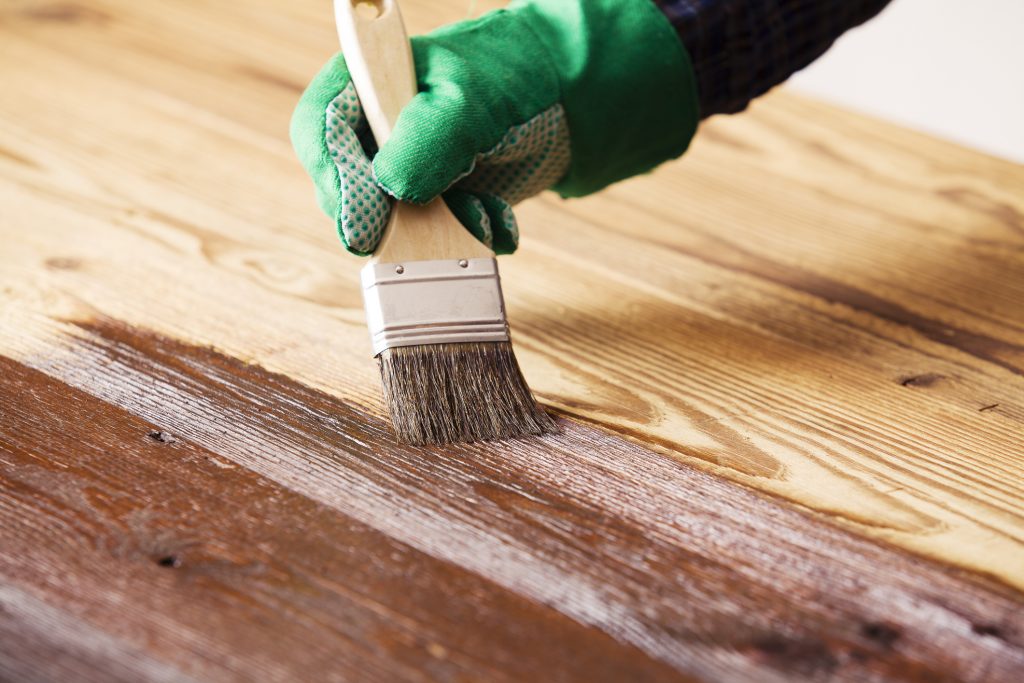
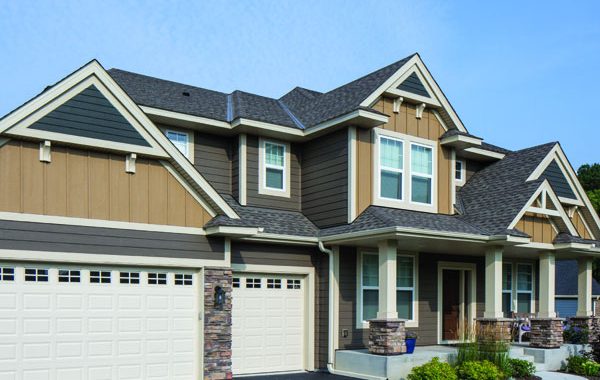
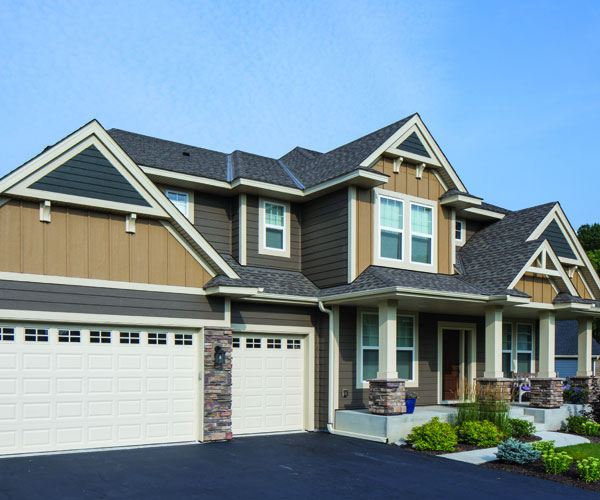 There are many benefits to choosing a neutral color palette for siding and trim. For one, neutral colors appeal to the broadest range of potential home-buyers, making your home more marketable when it comes time to sell.
There are many benefits to choosing a neutral color palette for siding and trim. For one, neutral colors appeal to the broadest range of potential home-buyers, making your home more marketable when it comes time to sell.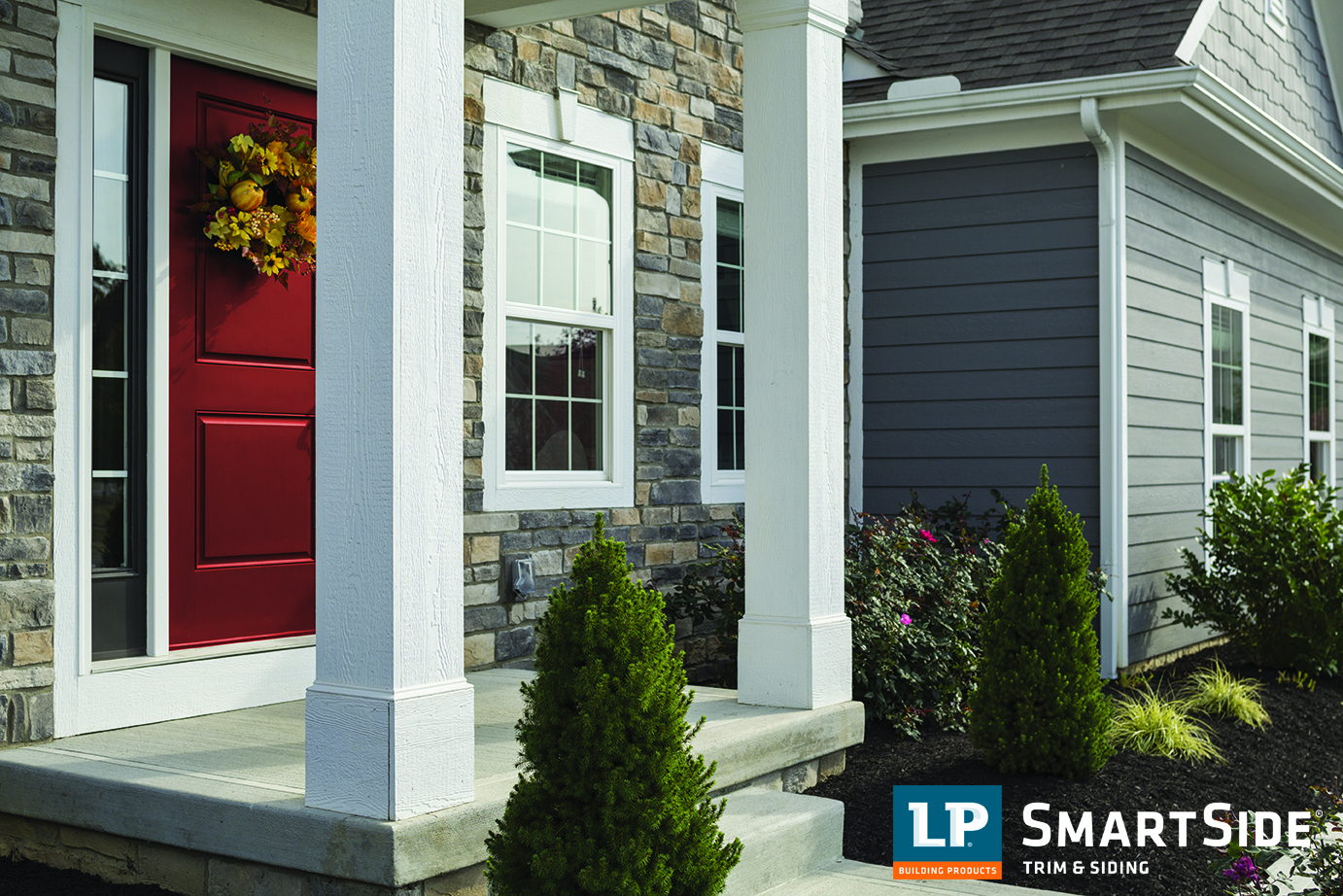
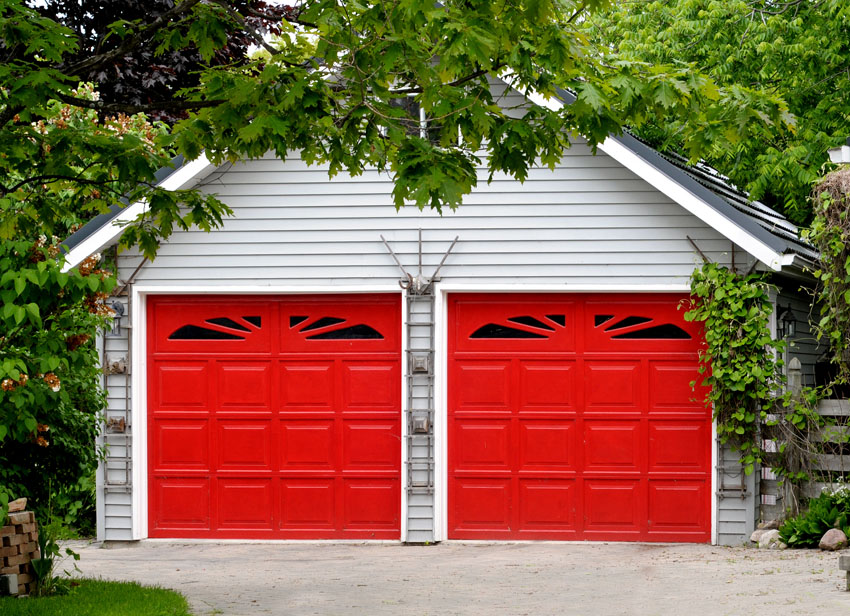
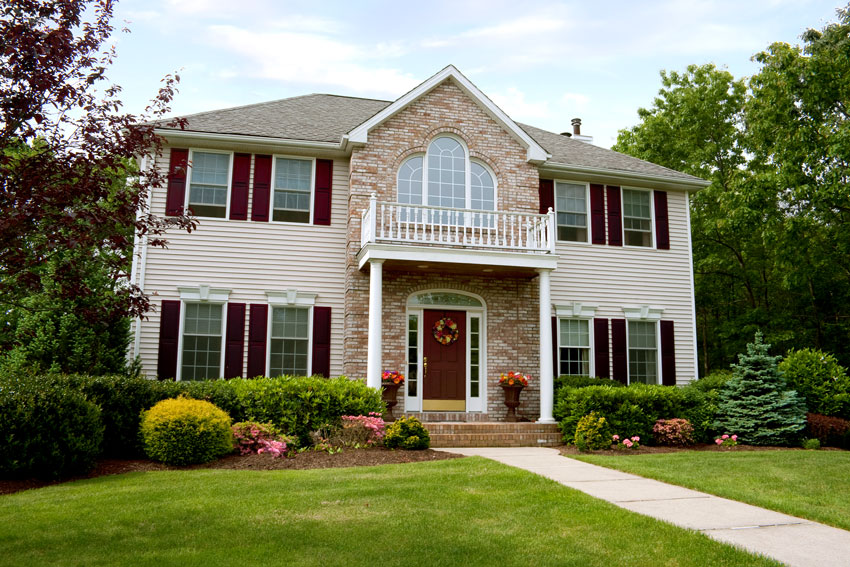
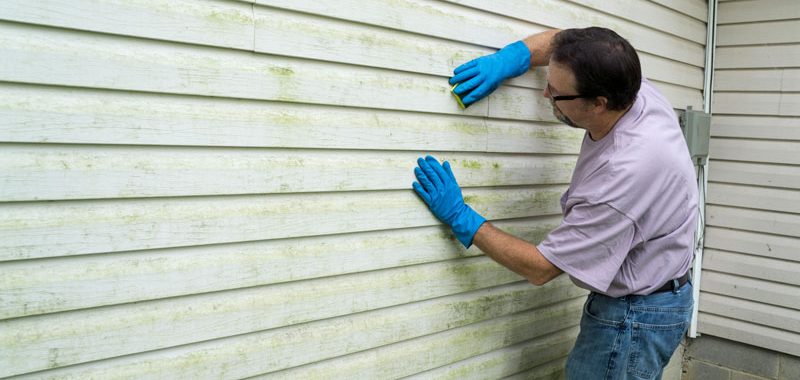
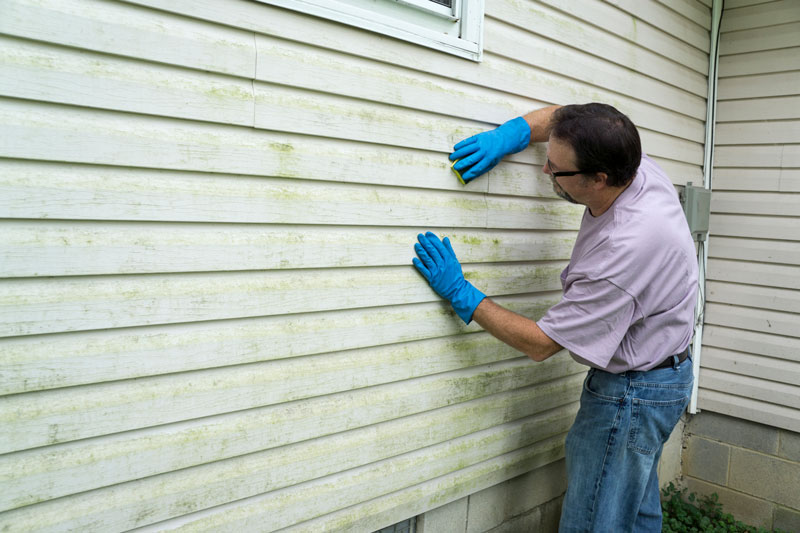 Keeping your home’s exterior siding in good shape is not only a great way to improve your home’s appearance, it also helps you avoid repairs and costly services down the road. With a bit of preventative maintenance, you’ll be able to extend the life of your home’s exterior siding for 50+ years!
Keeping your home’s exterior siding in good shape is not only a great way to improve your home’s appearance, it also helps you avoid repairs and costly services down the road. With a bit of preventative maintenance, you’ll be able to extend the life of your home’s exterior siding for 50+ years!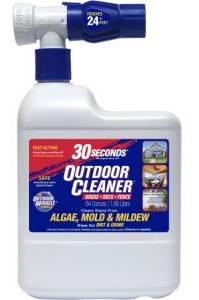 Next time you’re at
Next time you’re at